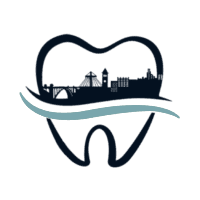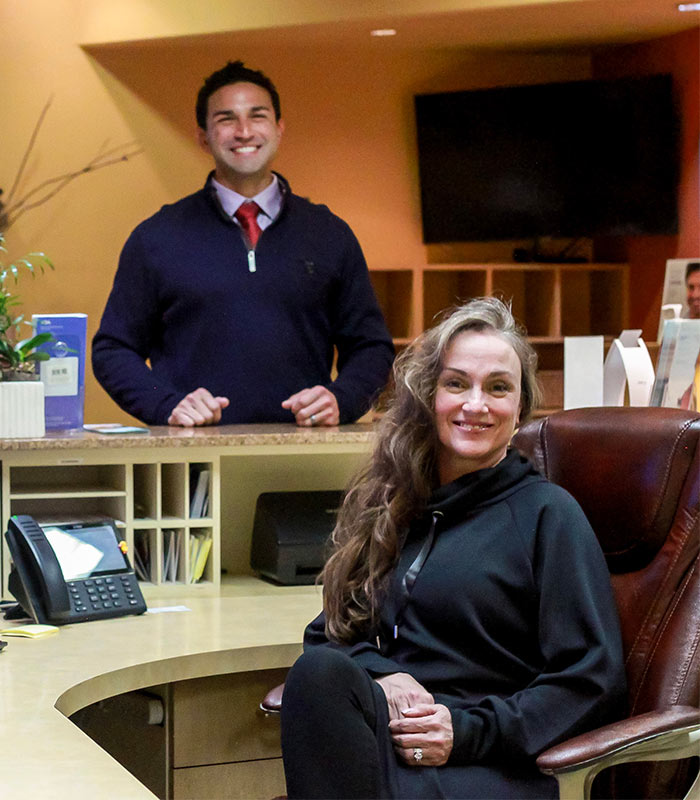Read More:
Bio-rejuvenation has become one of the biggest trends in restorative dentistry due to its biology-based approach to restorative dental treatment. But what is bio-rejuvenation truly all about, and why have cosmetic dentists begun exploring this new method of treatment? While the primary goal for all dentists is to focus on providing restorations that are both functional and aesthetically pleasing, turning to a biology-focused approach for restorations has taken dentistry by storm and may even have the potential to turn the restorative treatment into a way to better preserve patient’s smiles more naturally.
What is Bio-Rejuvenation Dentistry?
For those invested in this field of dentistry, bio-rejuvenation refers to restoring damaged teeth by working with the function of their natural smile. This process involves understanding the joints, jaw muscles, and overall mouth construction and helps address problems beyond cosmetics. This concept is based around the idea of minimally invasive dentistry, which focuses on using techniques that minimally impact the natural retention of the patient’s smile and their overall alignment. Bio-rejuvenation works to remove itself from traditional restoration techniques and focus more on restoring patients’ natural smiles by understanding how their teeth function.
So, how is bio-rejuvenation dentistry applied in practice? Practices that have adopted this form of dentistry into their image describe their processes with a specific focus on those suffering from conditions such as TMJ disorder, overbites, and crossbites, looking at the jaw function and how the teeth align with the rest of the mouth to develop a more functional smile that resolves more than just poor tooth health. Through this method of dentistry, many dentists use techniques that include:
- Micro-Abrasion and Etching: For cases dealing with complex cavities and poor enamel wear, dentists in this field will most often use micro-abrasion techniques to remove smaller areas of enamel to help prepare the surface of the tooth for restorative treatment.
- Composite Resin Reconstruction: This technique acts as the primary method used in bio-rejuvenation dentistry; the use of composite resin is highly recommended as the teeth are modeled and then shaped to help restore lost, broken, and chipped teeth that have been affected by poor oral health.
- Minimal Crown Placement: In rarer cases, some tooth conditions that patients may have may need traditional crowns to help restore larger areas of damage and decay.
Bio-Rejuvenation May Be A Solution For You:
The main point of rejuvenation dentistry is to focus on restoring the mouth through measuring and analyzing the relationship between the patient’s teeth, their jawline, and facial muscles that make up the composition of their face. Through this careful consideration, bio-rejuvenation dentistry has become a newer and even improved version of dental care that’s also considerably affordable for those needing more complex restorative treatments. Dentists that practice this form of dentistry are ultimately investing in treatments that can help patients find more affordable dental care.
If you’ve enjoyed learning about this new form of dentistry, one of the best resources you can go to to learn more is through visiting your local dentist today!



